|
HOME: www.hiltonpond.org |
|||
THIS WEEK at HILTON POND Installment #574---Visitor # Subscribe for free to our award-winning nature newsletter (Back to Preceding Week; on to Next Week) |
LI'L SNAKES: As one might imagine, since 1982 we've spent a lot of time exploring the 11 acres that make up Hilton Pond Center. We often deploy mist nets scattered around the property, requiring a check every 20 minutes or so to extricate birds. Other days we just wander our trails to see what we can see. Sometimes we even look for specific plants or animals we record and photograph as part of the Center's comprehensive and ever-growing inventory of flora, fauna, fungi, and other living things. We have lists of birds and mammals, trees and mushrooms, wildflowers and insects, etc., and it's an odd month we DON'T find some organism we hadn't already documented. Finding new plants is relatively easy because the property has gone through natural succession through the years, with grasses eventually replaced by herbaceous plants that gave way to shrubs and other woody flora, but it's unusual for us to come across previously unseen vertebrates. Our most recent mammal came in October 2010 when a Fox Squirrel put in its brief appearance, while our newest bird species was Savannah Sparrow--added when a small flock showed up for banding during a snow event in January 2011. It's been at least a decade since we've seen any new reptiles, however, so we were a bit surprised this year to add not one but TWO species of l'il snakes--both of which are easily overlooked but could serve as sure cures for "serpentophobia."
All text, maps, charts & photos © Hilton Pond Center When we say l'il snakes, we do mean l'il. The first little new serpent to appear was a Redbelly Snake, Storeria occipitomaculata (above)--considerably smaller than the oak leaf upon which it sat briefly for a photo. Discovered in leaf litter on 22 April as we groomed the Center's trails, this is usually considered the smallest snake in the Carolinas; our slender specimen was about six inches long, while a fully grown one might reach ten inches. Although its red ventral color isn't visible in the photo above, note the distinctive orange marking behind the serpent's head, also shown in close-up below.
All text, maps, charts & photos © Hilton Pond Center As an indication that scientific terms really can make make sense, the Redbelly Snake's species epithet occipitomaculata is derived from the Latin words occiput for "back of the head" and macula for "spot." Note also the round pupil that is typical of non-venomous North American snakes.
All text, maps, charts & photos © Hilton Pond Center The weather was a bit chilly in April, so our l'il Redbelly Snake was lethargic enough to allow us to turn it over on its back (above) for a quick photo of the characteristic that gives this l'il serpent its common name. The ventral surface has wide plates ahead of the anal opening, with double plates behind; this, again, is a typical of non-venomous snakes in North America. Because of the long slender taper of the tail posterior to the cloacal opening, we suspect this individual was a male. (Females have a more abrupt taper.)
All text, maps, charts & photos © Hilton Pond Center Although the ventral plates of the Redbelly Snake were quite smooth, its dark dorsal scales were surprisingly rough (above)--not what one might expect for an animal that spends much of its time slithering around in leaf litter. This is a secretive l'il species that eats insects, earthworms, and slugs and reportedly spends winters in rock crevices and ant mounds. It is completely harmless and even if it WANTED to bite a human it wouldn't be able to open its mouth wide enough to do any damage. After 31 years, new snakes are hard to come by at the Center and the l'il Redbelly Snake was only our ninth species seen since 1982.
All text, maps, charts & photos © Hilton Pond Center The Center's tenth snake species--and the second new one for 2013--showed up this week when we were demolishing our old 20' x 20' storage shed and banding shack (above). This useful but rather unattractive structure was about to collapse from hidden damage by termites and Carpenter Ants. Demolition was slowed somewhat (without regret) by the team's desire not to harm flora or fauna around it. After the walls were down and ever-helpful brother Stan Hilton and dedicated brother-in-law Wes Ballard pulled up rotten floor boards, we started moving a pile of bricks stacked beside a foundation pier.
All text, maps, charts & photos © Hilton Pond Center Upon lifting the final brick we encountered something brown wriggling between it and the soft earth beneath, and we knew right away what it was. We had just revealed another new li'l serpent for the Hilton Pond checklist that looked surprisingly like its namesake: Eastern Worm Snake, Carphophis amoenus amoenus (above).
All text, maps, charts & photos © Hilton Pond Center Due to our Eastern Worm Snake's frenetic behavior--it never stopped moving out of focus as it constantly pressed snout and tail against our hands and fingers (above)--it was quite difficult to take sharp photos of this particular l'il reptile. Small but still larger than the diminutive Redbelly Snake, a fully grown Eastern Worm Snake may reach 13" in length. Note the reduced size of the Eastern Worm Snake's eyes--an adaptation for subterranean exploration.
All text, maps, charts & photos © Hilton Pond Center Unlike the Redbelly Snake, the Eastern Worm Snake has very smooth dorsal scales (above); this is another useful adaptation for a fossorial l'il serpent that actually burrows into soft soil in pursuit of earthworms--likely its only food. Note that scales of this species often appear iridescent. Eastern Worm Snakes occur across the eastern U.S. from Massachusetts south to Alabama, primarily in deciduous forests and often near wetlands where they live in rotten logs and leaf litter and under loosely stacked rocks. (Western Worm Snake, C. vermis, is found primarily in Plains States.)
All text, maps, charts & photos © Hilton Pond Center Eastern Worm Snakes, more common in the Carolina Piedmont than in our Coastal Plain or Mountain provinces, are pale to dark brown dorsally and pinkish to whitish below. The l'il specimen (above) we caught this week at the Center was darker than many we've seen elsewhere. As mentioned, after 31 years new vertebrates are hard to come by at Hilton Pond Center, so we were delighted in 2013 to be able to add not one but two l'il snake species to our checklist. Knowing there are a few Web site visitors out there who claim to be serpentophobes, we can only remind them that people are not born with a fear of snakes. Thus, if one has LEARNED to be afraid of legless reptiles, one can learn NOT to fear them--and harmless l'il species like the Redbelly Snake and Eastern Worm Snake might be just the creatures to help with that unlearning.
All text, maps, charts & photos © Hilton Pond Center POSTSCRIPT: For the record, after days of dedicated work we DID complete demolition of the shed, leaving behind only concrete block piers and the white electrical cable that once supplied power. The site is no longer hospitable for l'il Eastern Worm Snakes, although a few days after hauling off the last of the 10,460 pounds of destruction debris--not counting a ton of metal roofing and other iron scrap we took to a nearby salvage yard--we did see a very healthy and relatively enormous six-foot-long Black Ratsnake crawling across the site. (It's partly visible just beyond the white wire, above center.) Our hope is to find funds to erect a new storage building and banding shack before the snows come this winter AND to take steps to deter termites and Carpenter Ants that dictated and enhanced demolition work on the old shed (may it rest in pieces). All contributions are tax-deductible on your |
|---|
|
"This Week at Hilton Pond" is written and photographed by Bill Hilton Jr., executive director of Hilton Pond Center for Piedmont Natural History
|
|
|
Please refer "This Week at Hilton Pond" to others by clicking on this button: |
Comments or questions about this week's installment? Send an E-mail to INFO. (Be sure to scroll down for a tally of birds banded/recaptured during the period, plus other nature notes.) |


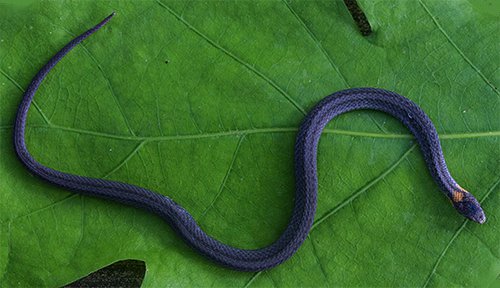
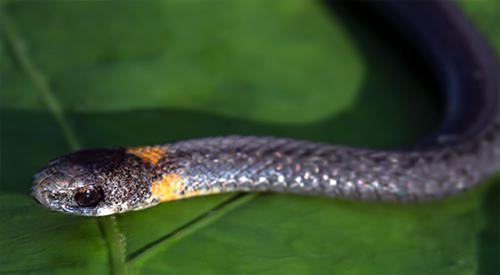
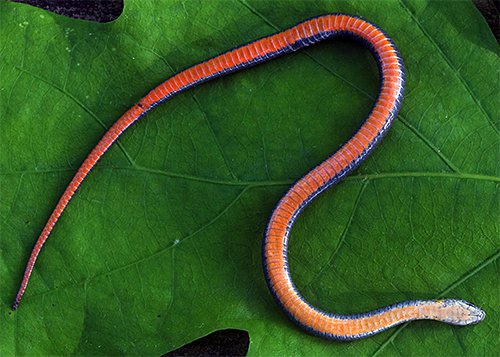
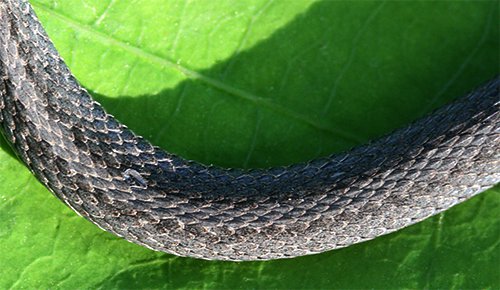


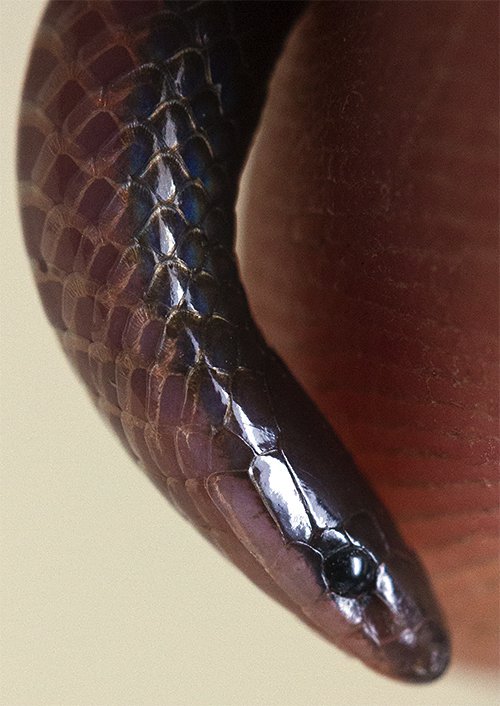

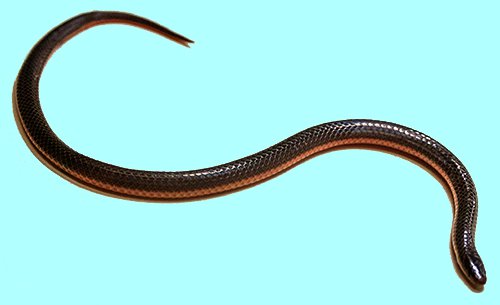








 Please report your sightings of
Please report your sightings of